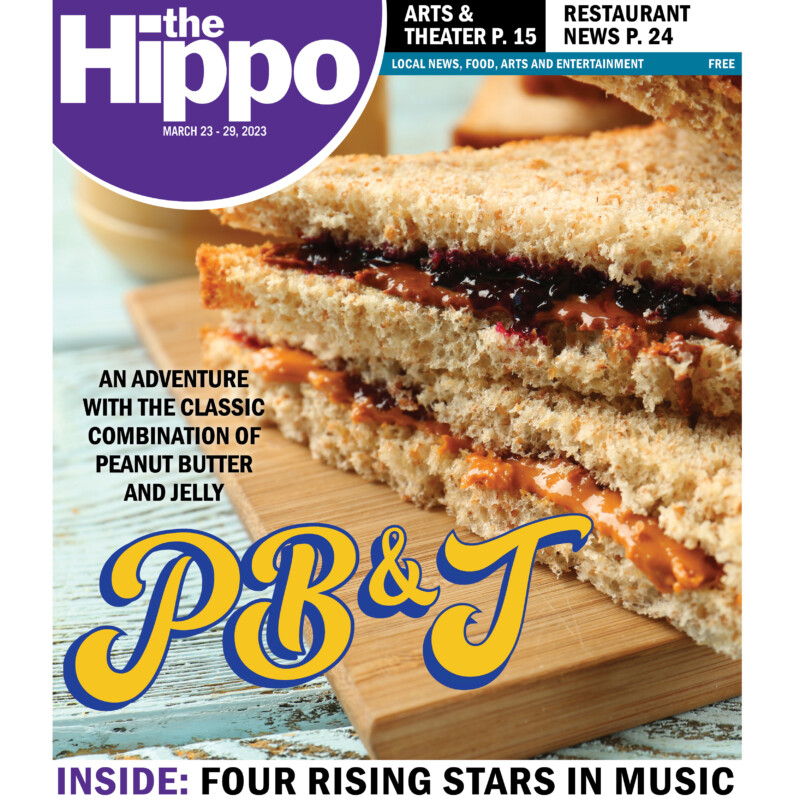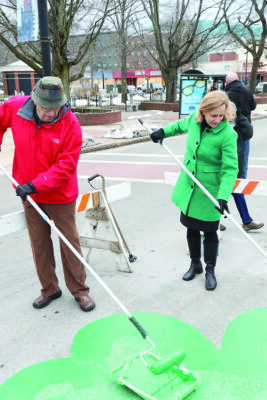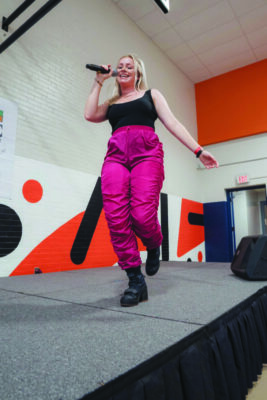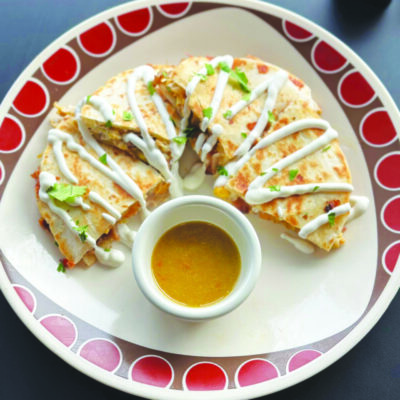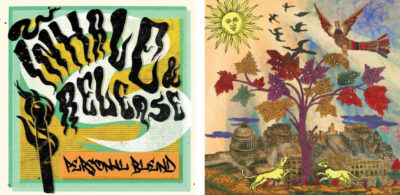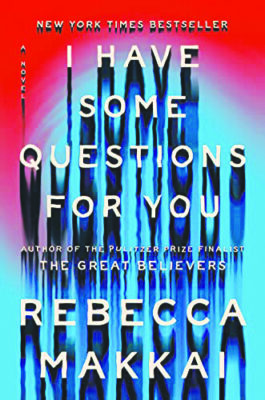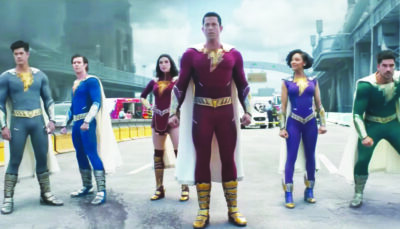Meet a new member of the Manchester Proud team
Meet Lauren Boisvert, who recently became the first community communications coordinator for Manchester Proud, a community-based movement committed to celebrating and strengthening the successes of students attending Manchester’s public schools. Visit manchesterproud.org.
What is Manchester Proud?
Manchester Proud is about championing student success [by] celebrating the amazing things that our students are doing, from sports games to band practices to science fairs … and providing opportunities [for student success]. We work very closely with the district and with community partners such as the Boys & Girls Clubs, the YMCA and Gear Up to amplify the things they are doing to help families, community members and students have access to resources. … We also have something called the Compass, which is basically a tool where our community partner organizations can post what resources and opportunities they offer. Then, community members can log into that portal and see who offers day care on a snow day, or who offers mental services, things like that.
What led you to Manchester Proud?
They needed somebody who could be the liaison for communication to make sure that families know about this organization and its resources. … I think my background fits well with the mission of Manchester Proud. I graduated from the New Hampshire Institute of Art, got a degree in education and art, and I taught for a while. Having educational experience in the K-through-12 school setting really helps me understand the different groups of people we’re appealing to — the parents, the students, the teachers — and how to support them.
What does your job as community communications coordinator entail?
I maintain our social media accounts and our website, and I create flyers and send out newsletters. I’m part of meetings and planning committees, and I work with the district staff to execute their communication and strategic plans. There are also random things that pop up; for example, right now we have a student scholarship opportunity that we’re advertising, so I’m working with our community partners to get the word out about that.
What would you like to accomplish?
The biggest challenge for Manchester Proud — and the whole reason they brought me on board — is to make sure people know about us and to get more community involvement. … My goal is for Manchester Proud to be more active on social media, because that’s the best way to reach the most people. Previously we only had a Facebook and a Twitter page. I created an Instagram and LinkedIn page, because I want to make sure we’re on all of the platforms so that we can appeal to the community members’ different preferred platforms. I’m also making sure that we’re posting consistently. … Finally, I’m talking with students, families and community members directly to find out what are the best ways to reach them and get them involved.
What would you like people to know about Manchester Proud?
That we want to give as many opportunities as possible to as many different students as possible. … The scholarship opportunity that I mentioned, for example, is not just for students who are going to college; it’s also for students who may be going into the armed forces or students who are taking a gap year.
What do you enjoy most about this work?
The biggest thing for me is making a difference by bringing a positive to the district; helping out the students by making sure they know [about] and have access to all these resources and tools; and making sure that the students and all the amazing things that are happening in the district are celebrated.
Featured photo: Lauren Boisvert. Courtesy photo.



